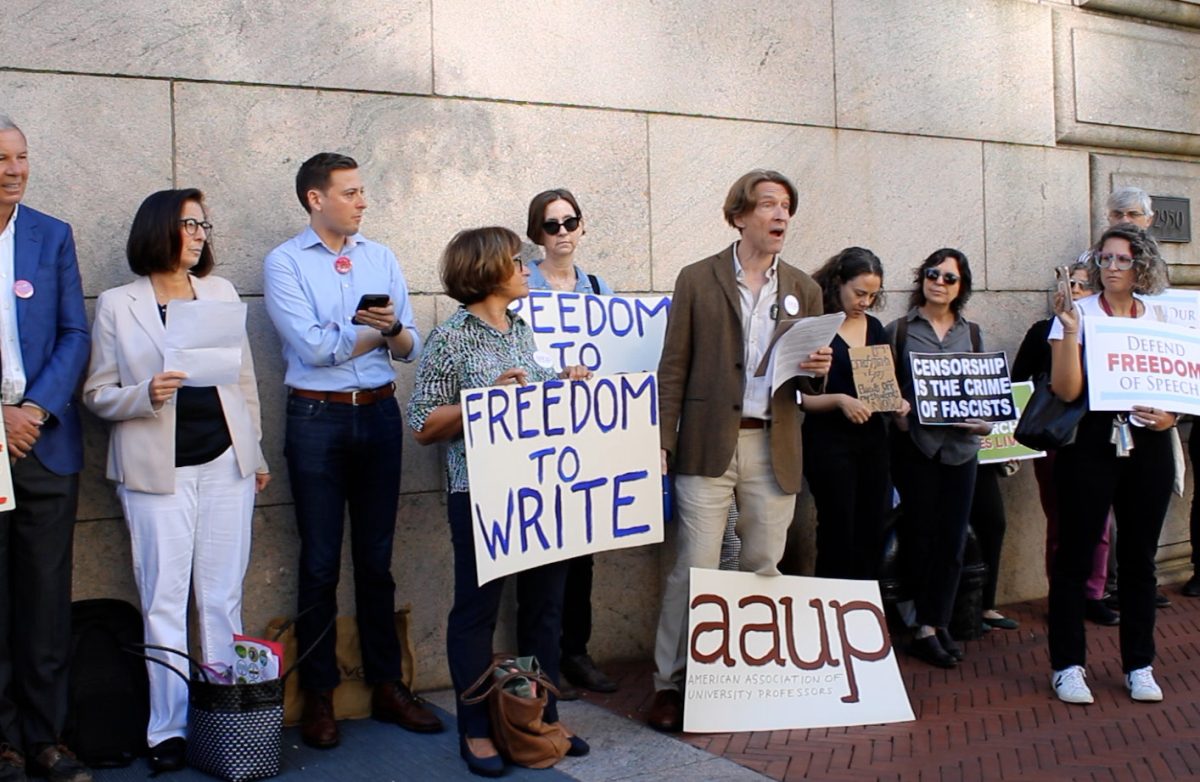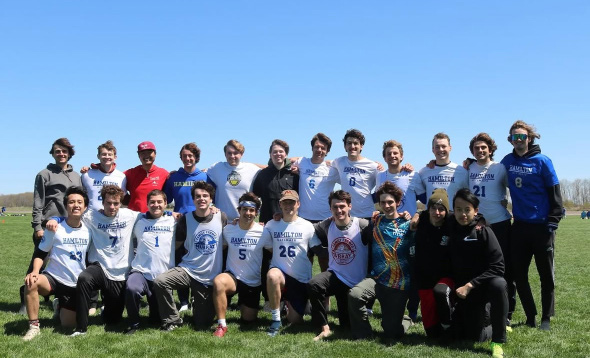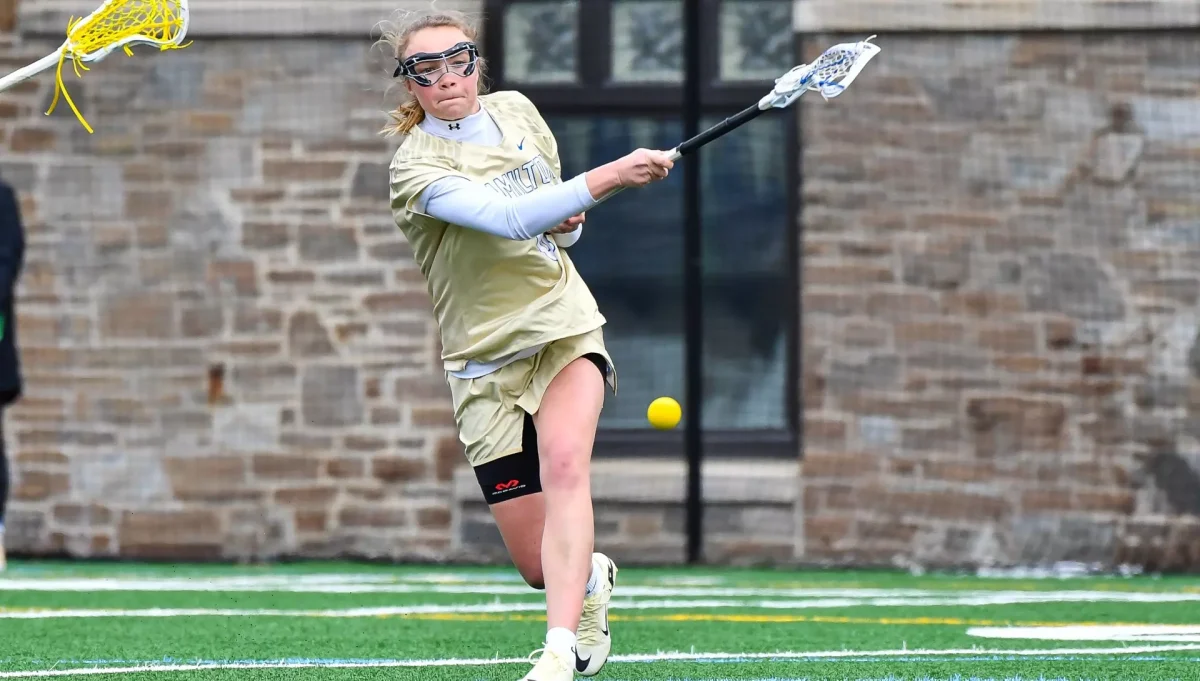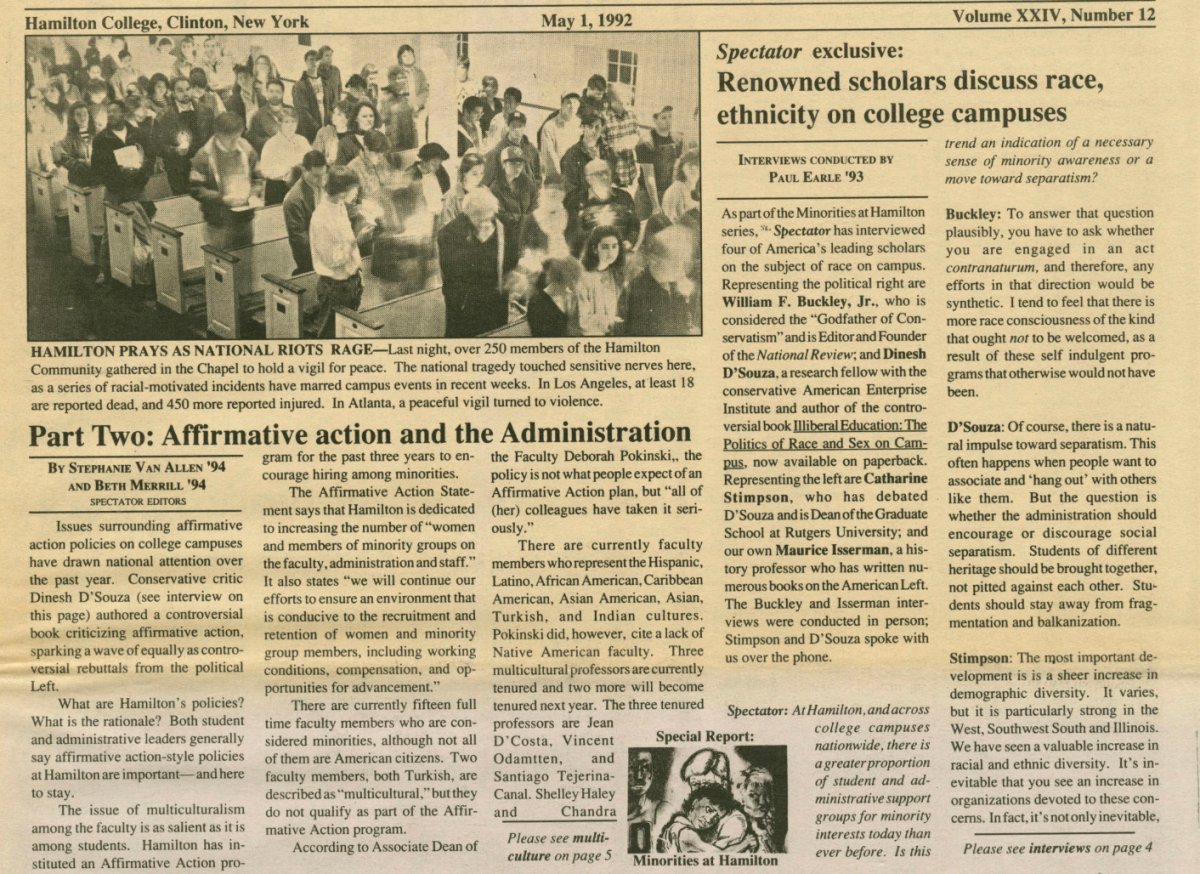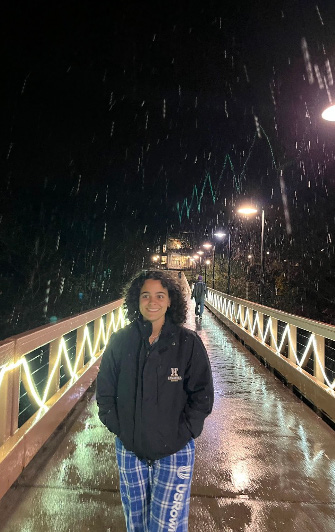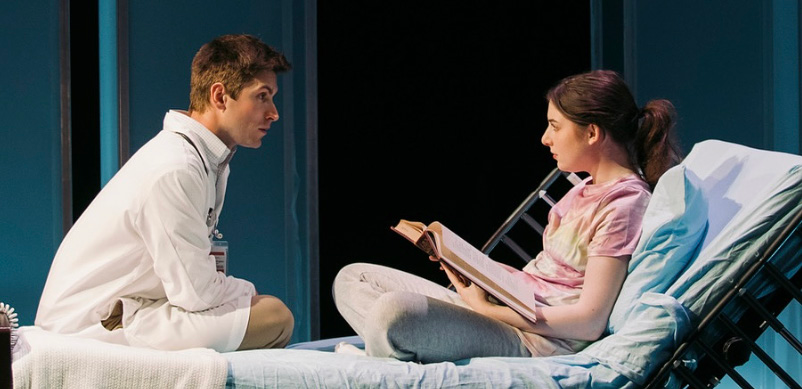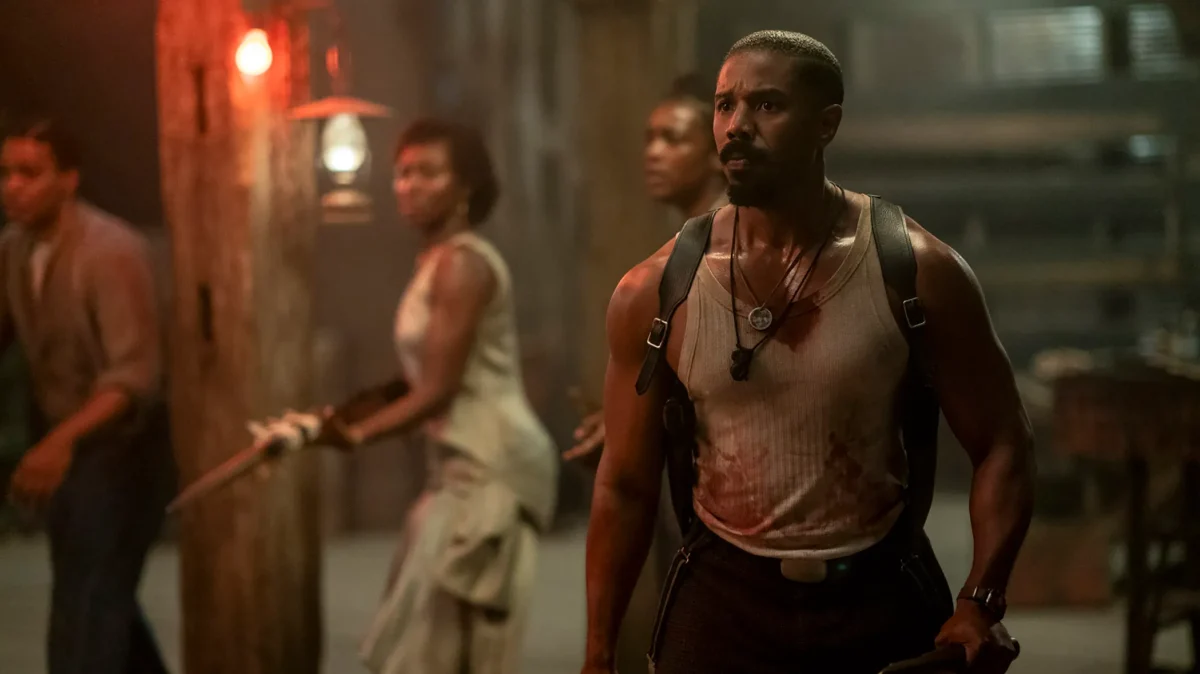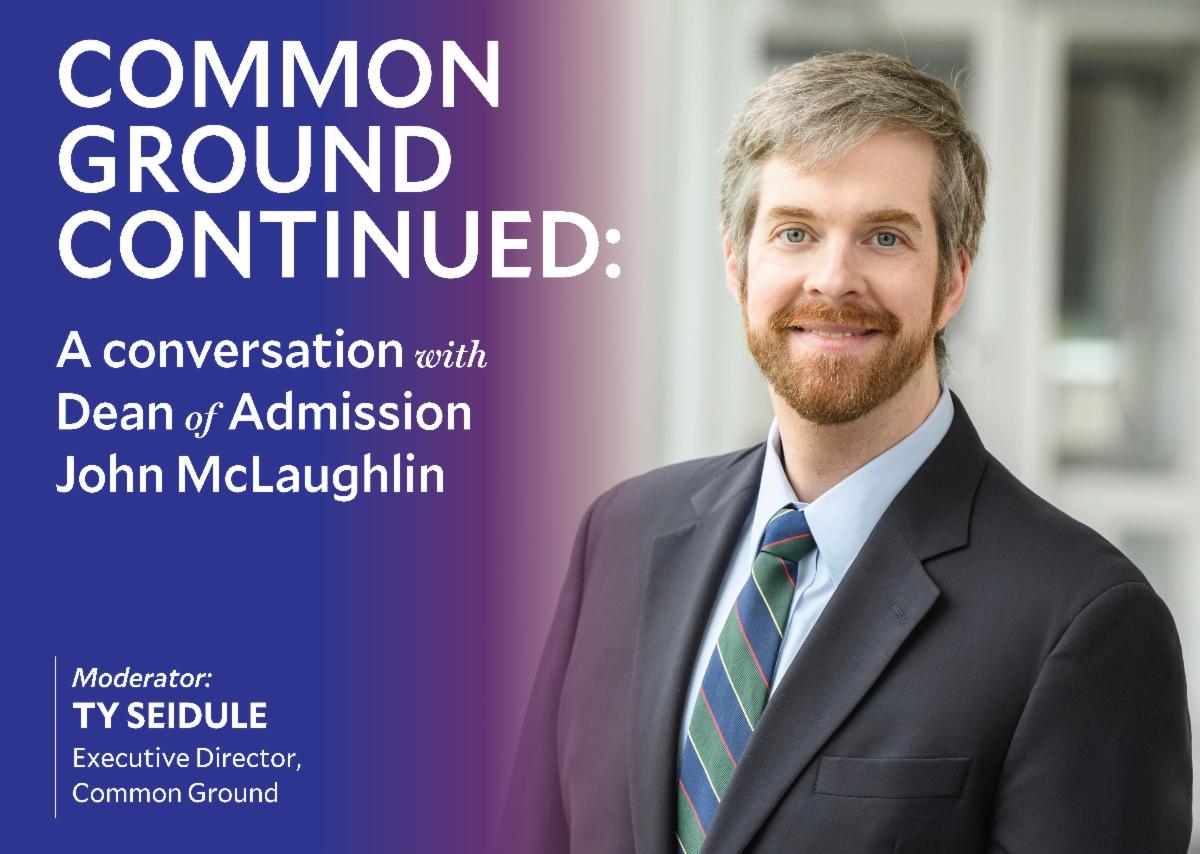
On Saturday, Feb. 10, the Wellin Museum of Art premiered the exhibits “Margarita Cabrera: Space in Between” and “This Place” for the public. The event drew many students, faculty, and community members with a reception that included a water bottle giveaway.
Margarita Cabrera was born in Monterrey, Mexico, and has lived in Mexico City, Salt Lake City, and El Paso. She has received the Knight Artist in Residence Fellowship at the McColl Center for Visual Art in Charlotte, North Carolina, as well as the Joan Mitchell Foundation Grant. She is currently an Assistant Professor of Art at Arizona State University in Tempe.
Cabrera’s “Space in Between” tells the stories of Spanish-speaking immigrants who have come toAmerica from Mexico and Central America. In partner with Arizona State University and the Desert Botanical Garden in Phoenix, Cabrera created a workshop for these immigrants to build sculptures of desert plants native to the Southwestern United States. The material of these sculptures comes from the uniforms of border-patrol workers, symbolizing the often difficult and troublesome experiences of those immigrating to the United States. The sewing and embroidery techniques were taken from Los Tenangos, Hidalgo, and Mexico. The title of this exhibit was incorporated from the word Nepantla, a Nahuatl Aztec word for “the space in the middle” that references marginalized cultures and how they survive through resistance.
Cabrera says of her exhibit, “With these works, we have created art pieces that serve as cultural and historical artifacts that value and document the experiences, struggles, and achievements of those who have found their way, often through migration and exceptional sacrifice, to new places where they now work to contribute meaningfully within their communities.”
“This Place” documents the photo- graphic experience of twelve different artists who travelled to Israel and the West Bank from 2009 to 2012. This is part of a partnership between four different colleges and their academic libraries. The Wellin Museum is amongst a group that includes the Picker Art Gallery at Colgate University, the Tang Teaching Museum at Skidmore College, and the University at Albany Art Museum that carries this exhibit. Four of the twelve artists are featured at Wellin Frédéric Brenner, Wendy Ewald, Fazal Sheikh, and Stephen Shore.
The landscape, community life, and portraits of Israel are captured in this exhibit. Muslims, Jews, Palestinians, Israelis, Africans, Bedouins, and more all inhabit the state, creating high tensions where violence is a constant threat. In the collection of photographs, visitors are able to experience each perspective of the twelve artists sent to Israel. The many different lives in Israel are represented through this.
The photographs capture aspects of Israeli life such as Melach Haretz, a military academy for at-risk boys to prepare them for enlistment in the Israeli Army. Another collection shows photos of The Sisters of Nazareth School, the first educational institution in Haifa for girls. Photos of the Mahane Yehuda market show the different types of food and culture intermingling in Israeli commerce.
One of the photographers, Frédéric Brenner, makes an important statement about the exhibit. He says, “Ideologies are a betrayal of the humanae in the human. They give us the illusion of belonging while they make us strangers to what is most intimate within us.”
The artists of these exhibits strive to blur the divisions that exist between our cultures and to break away from the “us and them” mentality that exists so prevalent among our society today. “This Place” shares the stories of the variety of cultures and backgrounds that collide and mingle together in Israel. “Space in Between” shares the stories of immigrants who take a journey filled with challenges and obstacles to overcome.




